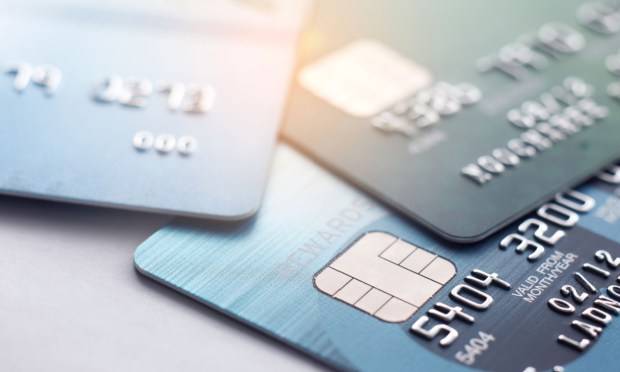Fed Data Shows Pressure Building in Consumer Lending

The Federal Reserve’s latest data on how loan performance at all banks is faring found pockets of resilience — and, perhaps, pockets of concern.
Household debt has reached a staggering $17 trillion, and the Fed has estimated in recent months that credit card debt has passed the $1 trillion milestone. Overall, per the Fed’s tally, cumulative household debt has grown by $2 trillion since just before the pandemic.
The banks themselves, as evidenced during earning season, have noted that the performance on those loans has been trending toward pre-pandemic norms, meaning that delinquency rates and charge-offs were low and are now creeping up again — although not at levels that have indicated waves of defaults are in the offing.
But the tables offered up by the Fed this past week show that at the 100 largest banks, charge-off rates have been rising, most notably with credit cards. A charge-off represents some finality as the lender has “written off” the loan as uncollectible, is taking the loss on its books, and the account itself cannot accrue any more charges. Those loans, in the future, can be sold off to a collector, but the damage is done, in a sense, because the charged-off accounts also start appearing on borrowers’ credit reports and lower their credit scores.
What the Data Shows
The charge-off rate for all consumer loans was 2% at the end of the second quarter, up from 1.1% a year ago. During the Great Recession, those rates hovered near 8%. As for credit card debt, the charge-off rates stood at 3% in the second quarter, up from 2.75% in the first quarter, and up from 1.7% a year ago. Amid the Great Recession, the charge-off rate hovered around 9%.
So, the situation may not be dire, and perspective, as they say, is everything. But the trend on charge-offs is up and to the right, and it bears watching.
As to the most vulnerable demographics, PYMNTS has found that 43% of Generation Z consumers have been using their cards more often, and 66% of this segment lives paycheck to paycheck, up from a 57% tally last year. Elsewhere, upon the resumption of student loan repayments, this group could lose as much as 4.3% of discretionary spending power, which means less money on hand to pay back debt, including credit card debt.
In the meantime, as the Fed reported earlier this month, savings cushions that were padded during the pandemic have been largely depleted. The peak of those savings had been $2 trillion, and the current remainder of $190 billion is about to be finally spent down as soon as the current quarter.

